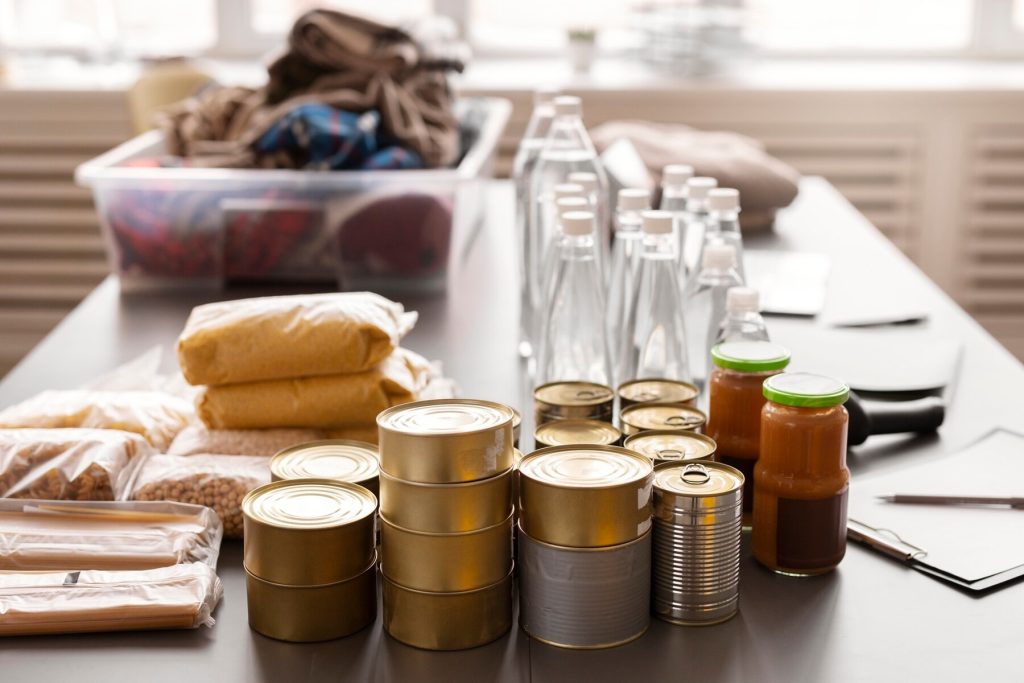In the realm of the military World, being prepared is essential. Introducing the MRE, or Meal, Ready-to-Eat – a compact, self-contained meal meticulously crafted to support soldiers in operational settings. One MRE is equal to one meal, Beyond mere sustenance, these packages embody innovation, convenience, and thoughtful nutritional planning for individuals deployed in demanding conditions.
Military MREs are individual rations that are designed to provide a full meal for soldiers in the field. They typically contain an entrée, sides, snacks, desserts, and accessories like utensils, napkins, and seasoning. Each MRE is designed to provide balanced nutrition and sustained energy for troops engaged in demanding activities.
The primary purpose of MREs is to ensure that the soldiers have access to nourishing meals, regardless of their location or circumstances. Whether in combat situations, training exercises, or humanitarian missions, MREs provide a reliable source of sustenance for military personnel.

Benefits of MREs:
- Portability: MREs are compact and very lightweight, making them easy to transport and distribute anywhere.
- Long Shelf Life: MREs have a long shelf life, often lasting for several years, ensuring they remain viable for use in various kinds of situations.
- Convenience: Each MRE contains everything needed for a complete meal, eliminating the need for additional preparation or cooking equipment.
- Nutrition: MREs are carefully formulated to provide the nutrients and calories needed to sustain physical performance and mental alertness.
- Versatility: MREs can be eaten in hot or cold, depending on the circumstances, providing flexibility in consumption of it.
MREs of different countries
- United States: The US MRE offers a wide variety of menu options, including traditional favorites like beef stew and chicken curry.
- United Kingdom: British Army rations feature items like chicken tikka masala and pasta bolognese, reflecting diverse culinary influences.
- Russia: Russian MREs often include hearty dishes like buckwheat porridge with beef and canned fish.
- France: French military rations may include dishes like cassoulet and duck confit, showcasing the country’s culinary heritage.
- China: Chinese military MREs feature items such as rice with braised pork and spicy chicken noodles, reflecting regional flavors.
- Germany: German Army rations may include dishes like sauerkraut with sausage and potato stew, providing hearty and satisfying meals.
- Israel: Israeli MREs often include items like falafel and couscous, reflecting Middle Eastern cuisine.
- Canada: Canadian military rations may include dishes like poutine and maple-glazed salmon, representing Canadian culinary traditions.
- Australia: Australian Army rations feature items like kangaroo stew and vegemite sandwiches, showcasing local ingredients and flavors.
- Japan: Japanese military MREs may include sushi and miso soup, reflecting traditional Japanese cuisine.
Military MREs are not just food; They are very crucial for keeping soldiers healthy and ready to do their job. Because they are easy to carry, last a long time, and come in lots of different flavors, MREs help soldiers stay strong during missions. Whether it’s classic meals or special dishes from different places, MREs give soldiers the energy they need to handle tough situations.
Article by Krish Rangwala | Edited by Saumya Sharma



